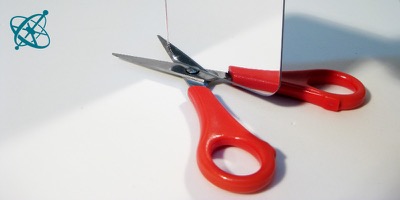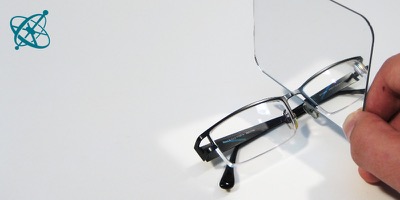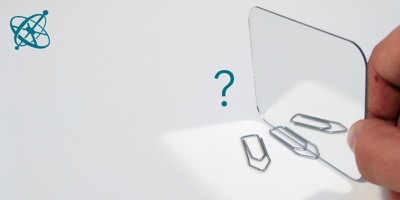 www.sciensation.org | Ciênsação hands-on experiments are published as Open Educational resources under a Creative Commons Attribution-ShareAlike 4.0 International License.
www.sciensation.org | Ciênsação hands-on experiments are published as Open Educational resources under a Creative Commons Attribution-ShareAlike 4.0 International License.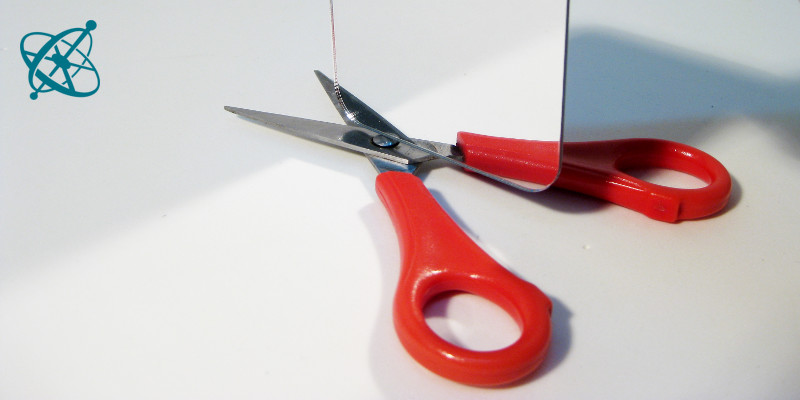
To understand the importance of mirror-symmetry…
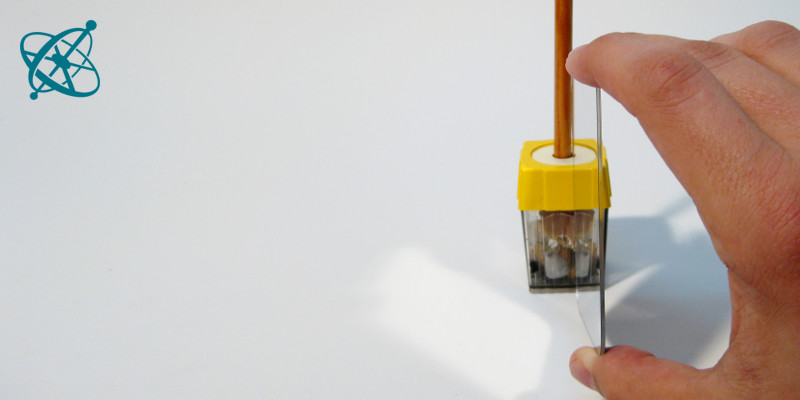
…one just has to look around…

…to note how many things are mirror-symmetric.
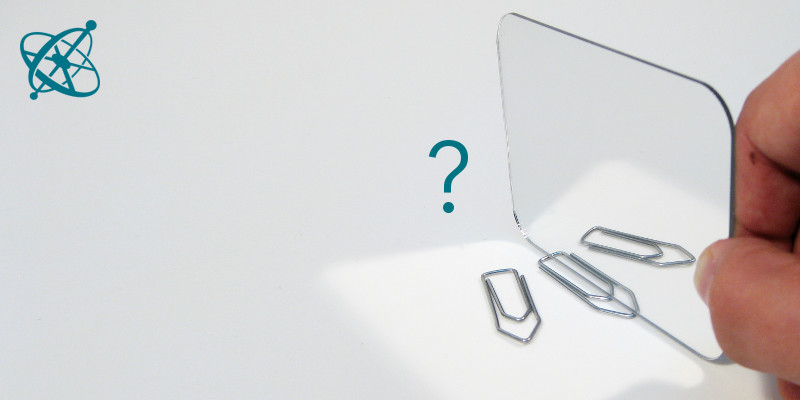
Careful, some only appear to be symmetric.
Mirror symmetry
Often, symmetry is explained with the words "If you would hold a mirror here,.." So why don't you simply do it? Or even better: let your students do it?
Explore symmetry.
Learn to distinguish and group different types of symmetry.
Hand out mirrors to your students. Depending on the context, you can draw your students' attention to objects in the classroom, in nature, letters in the alphabet, or polygons and other geometrical forms.
1. What objects are symmetric?
2. Can you find and distinguish different types of symmetry?
3. Is a spring (e.g. from your ball-point pen) symmetric?
Does the mirror image complete or continue an object or pattern if you rotate or translate (shift) the mirror?
› That depends on the type of symmetry.
There are different types of symmetry your students can find with mirrors:
Bilateral symmetry; an object, e.g. the human body, mirrored at a plane appears like the complete object.
Rotational symmetry; an object, e.g. a circle, appears complete in a mirror even if the mirror is rotated around an axis. Please note: This does not cover all cases of rotational symmetry. A better definition is that an object or pattern rotated by some degree looks the same (e.g. the recycling or Mercedes logo).
Translational symmetry; a pattern, e.g. squared paper, appears continued every time the mirror is shifted a specific distance (e.g. one square).
A helix, e.g. a spring (see pictures in 'Chirality'), does neither show bilateral nor rotational symmetry.
